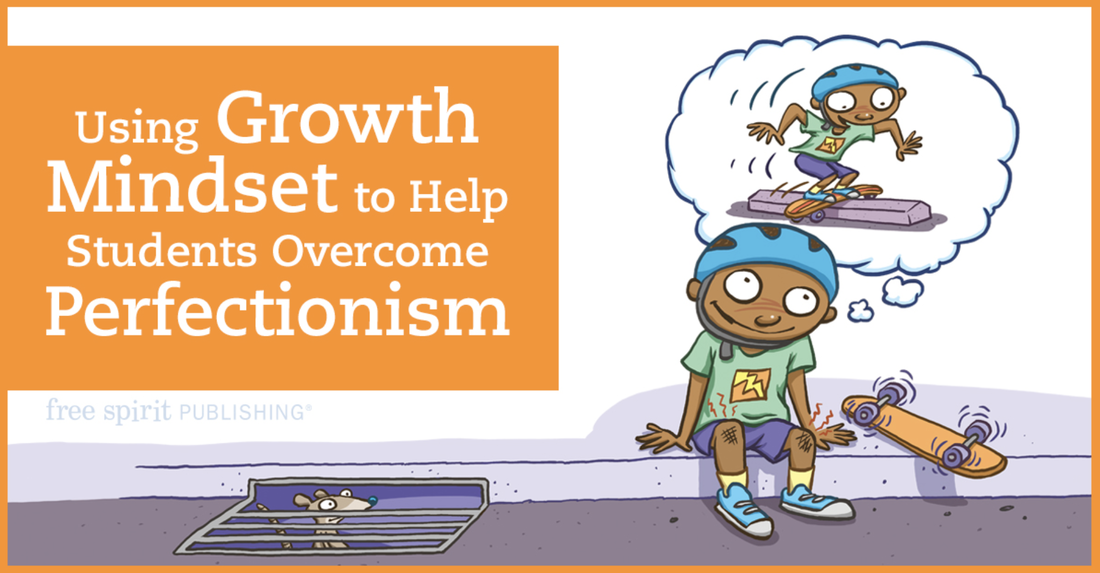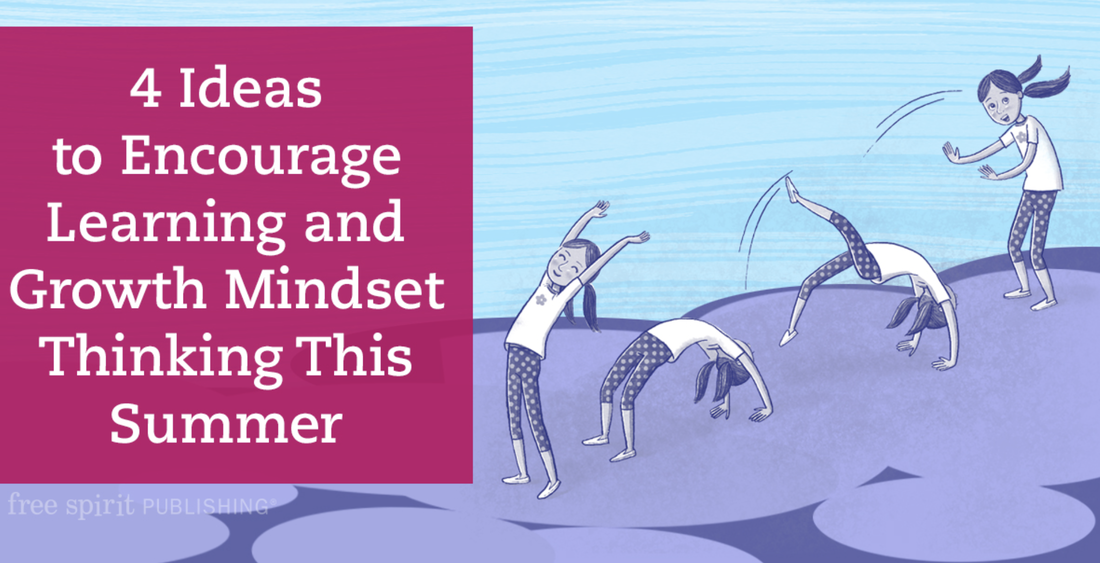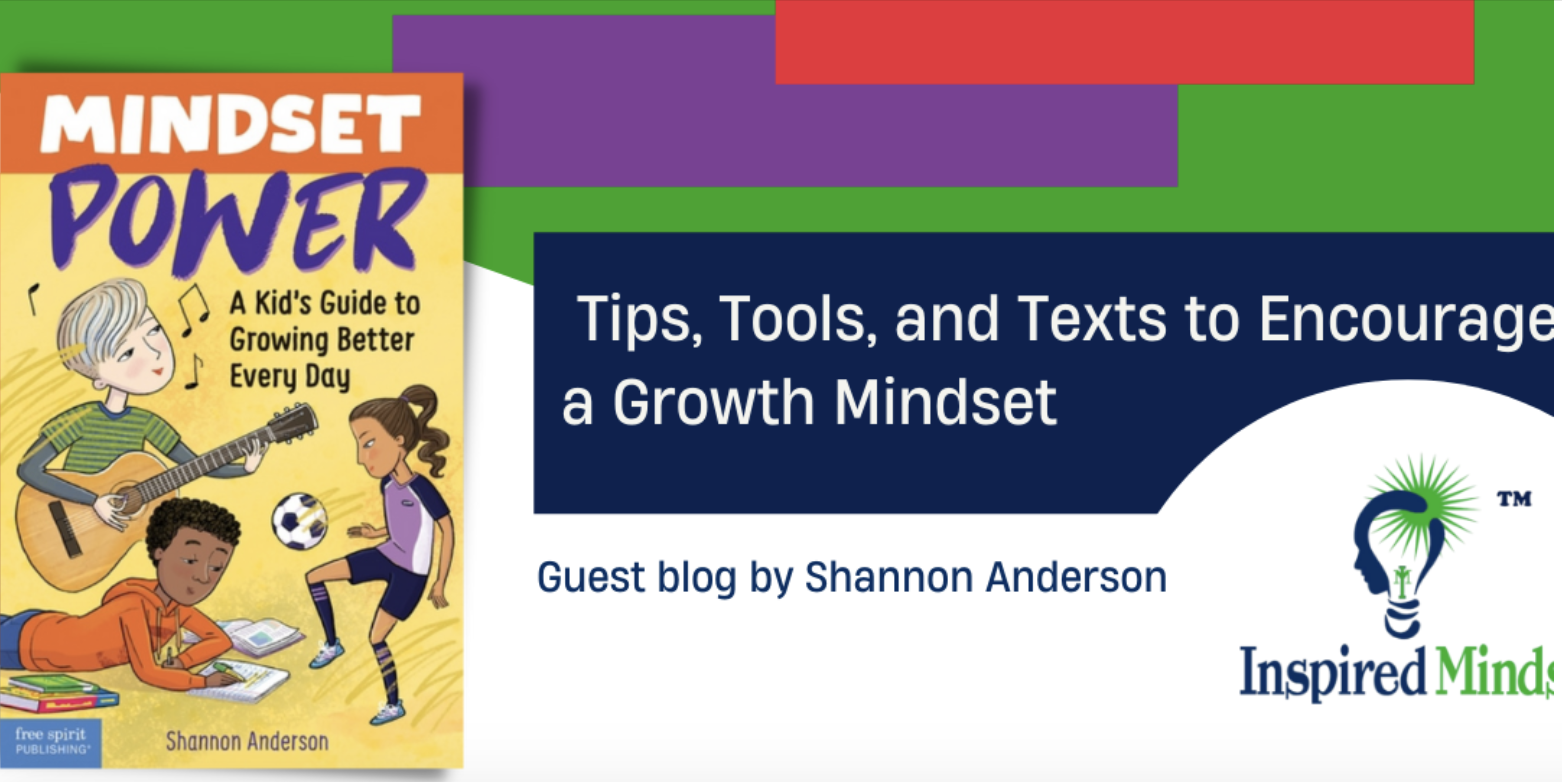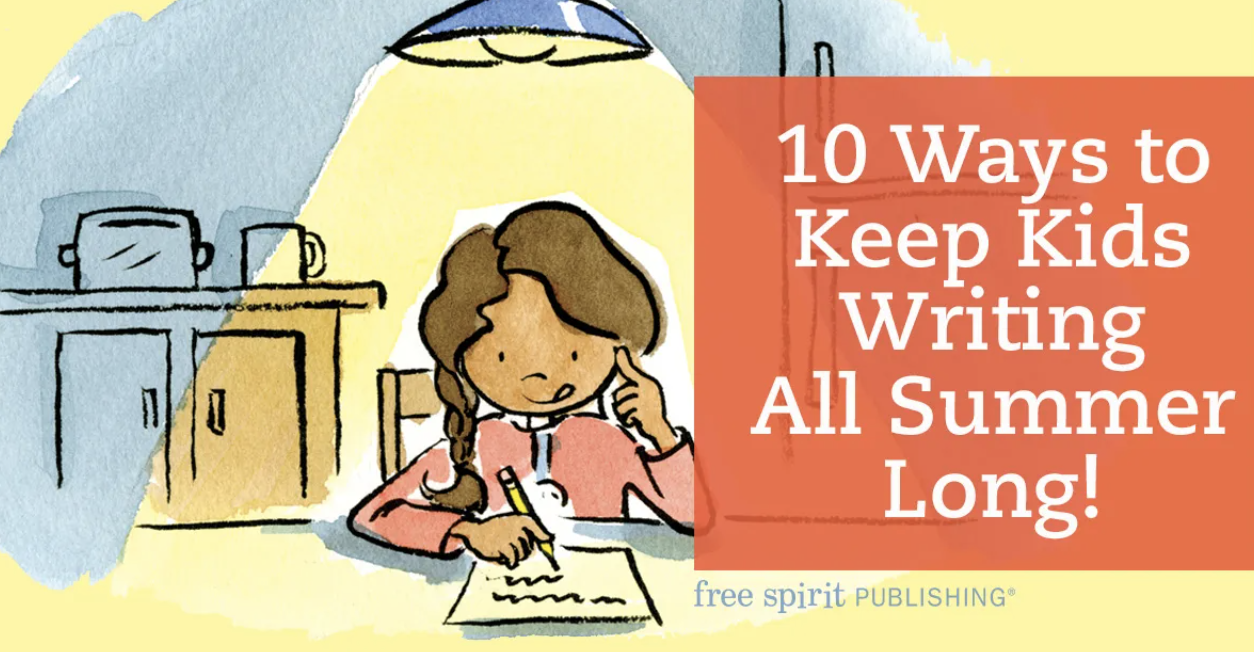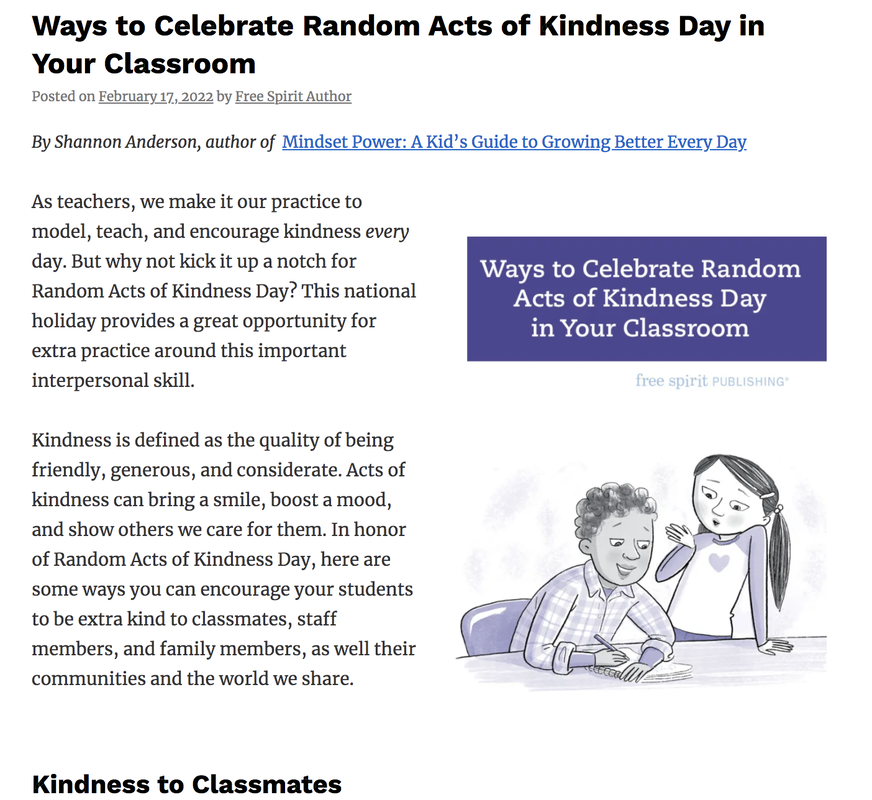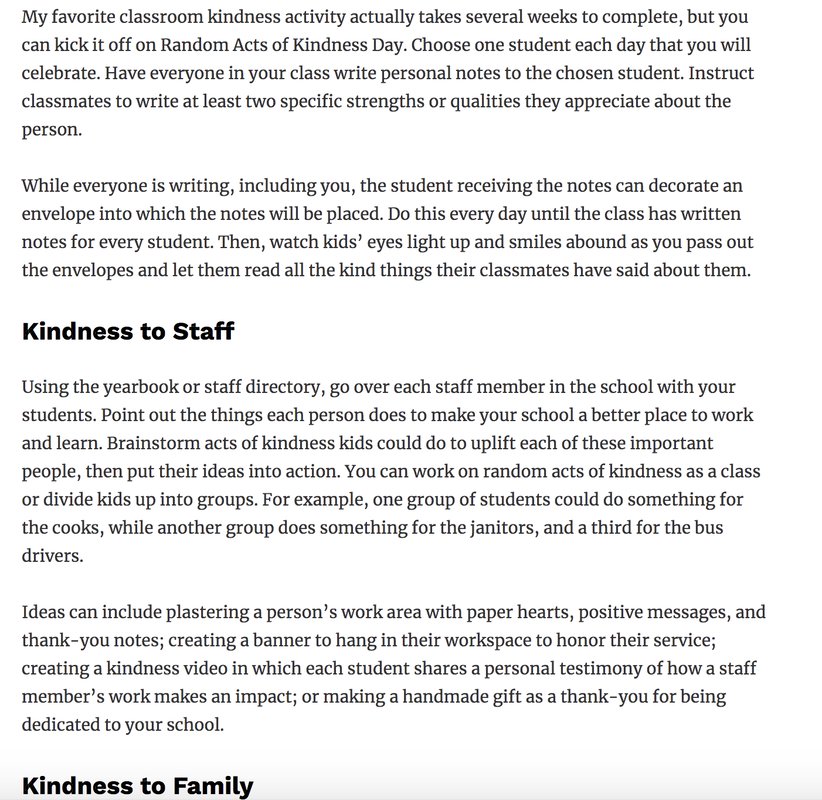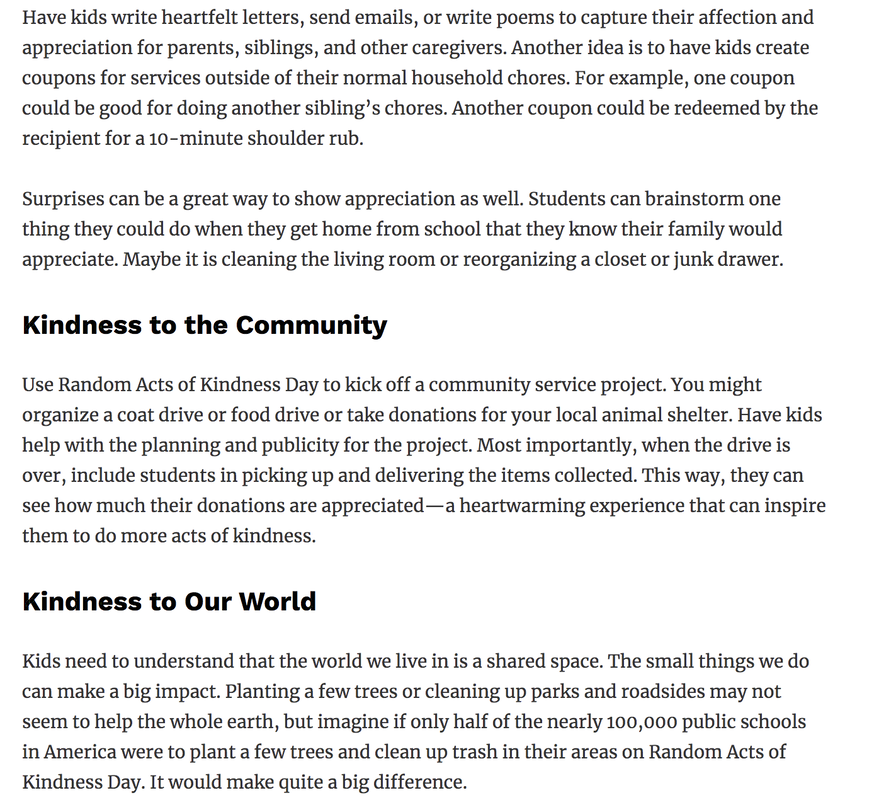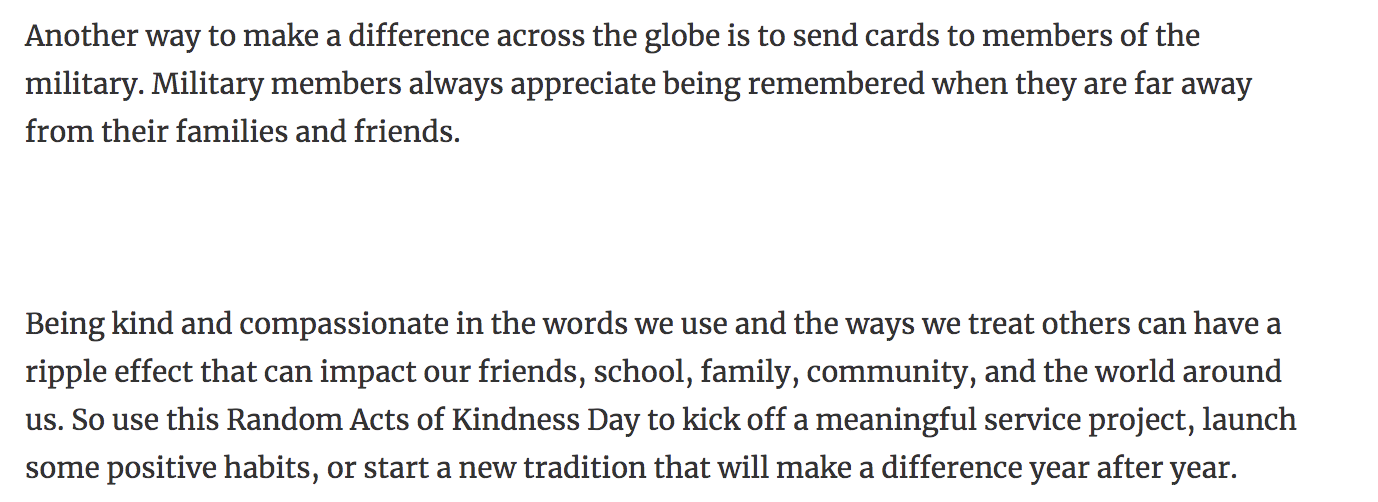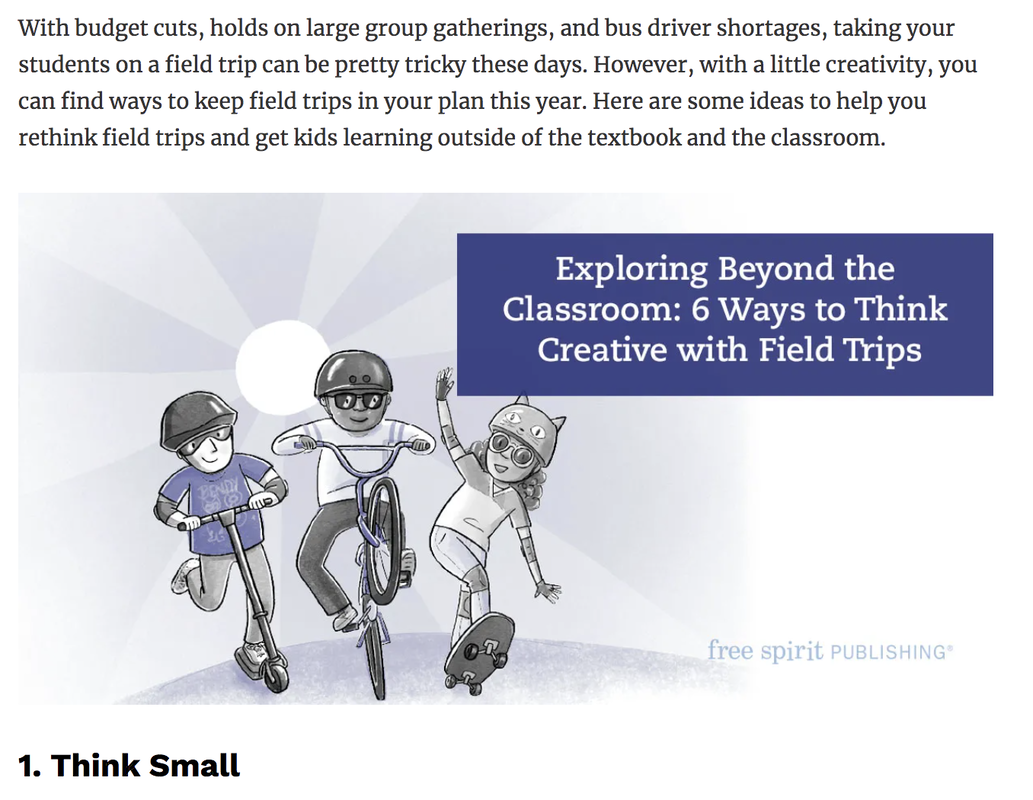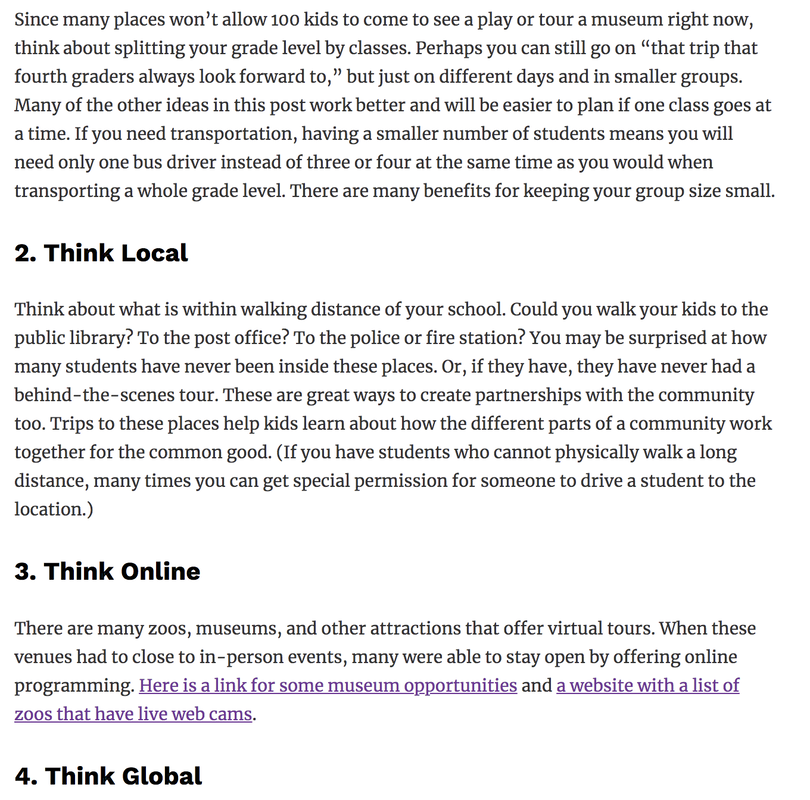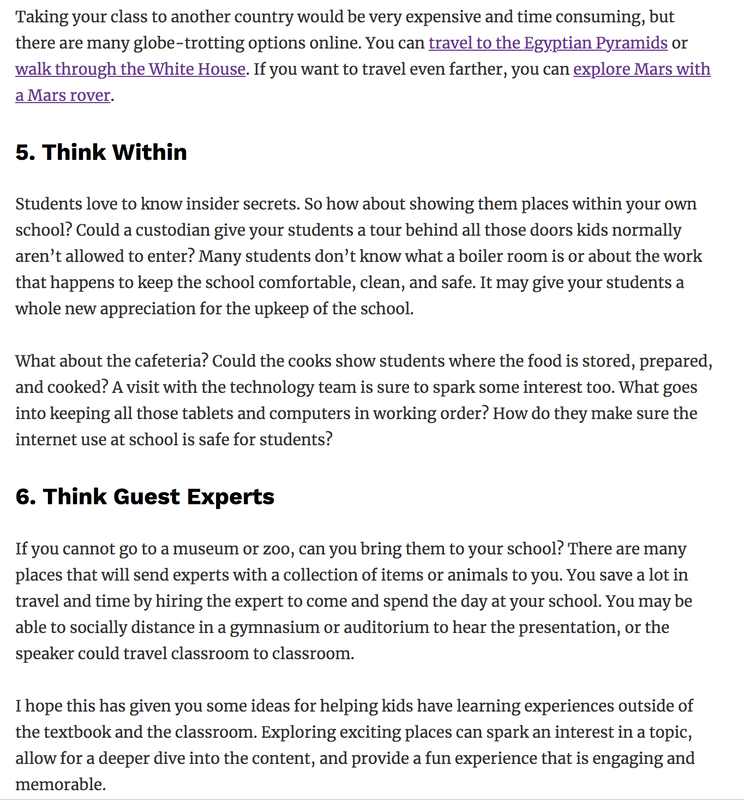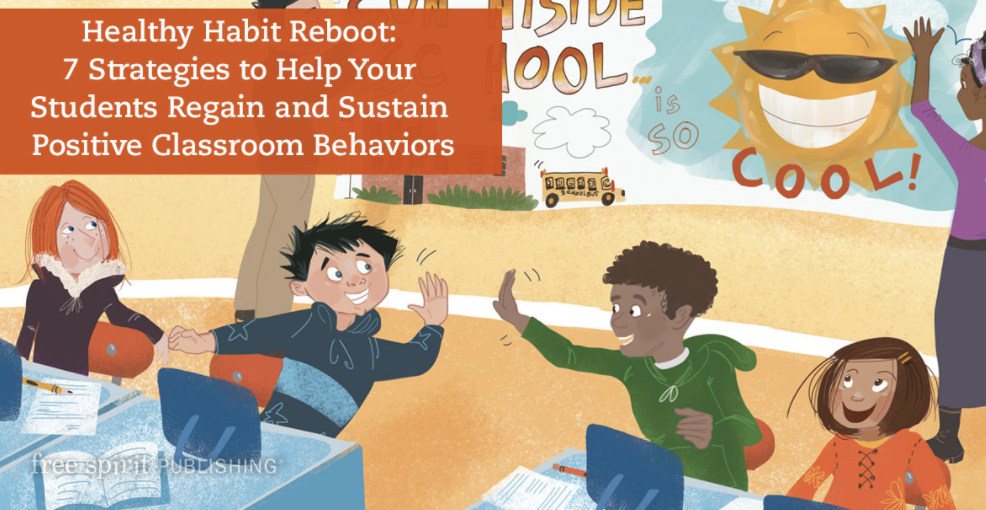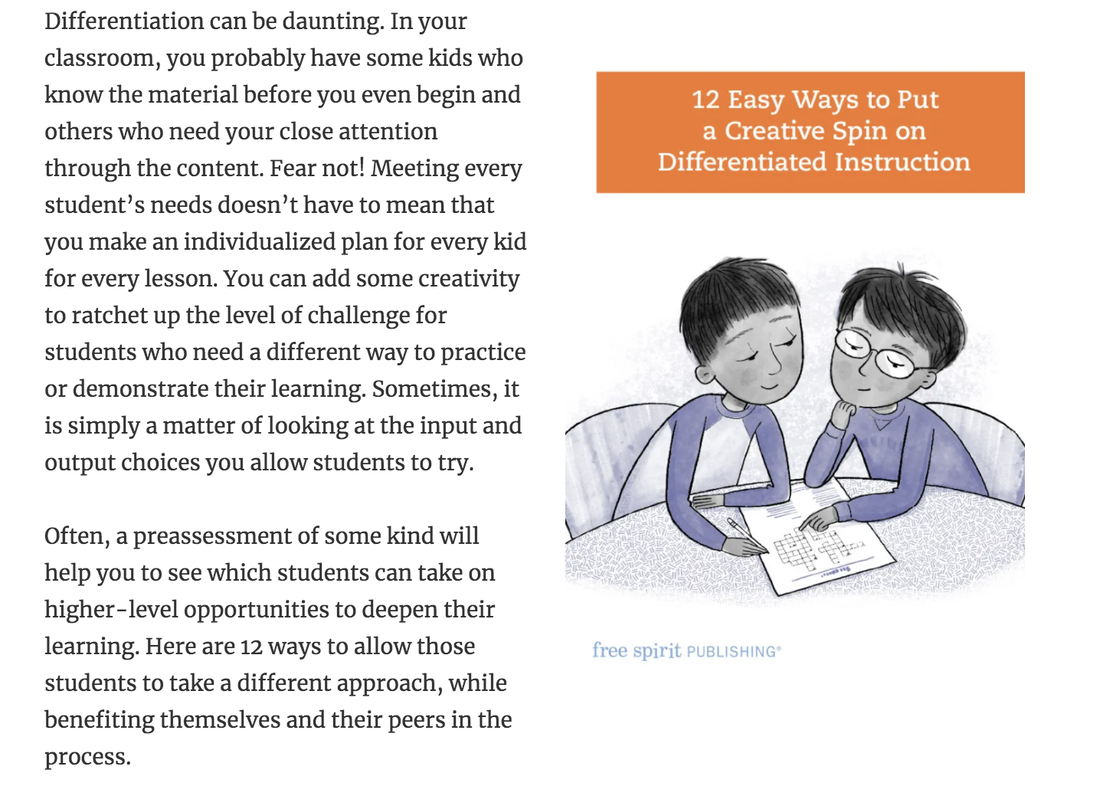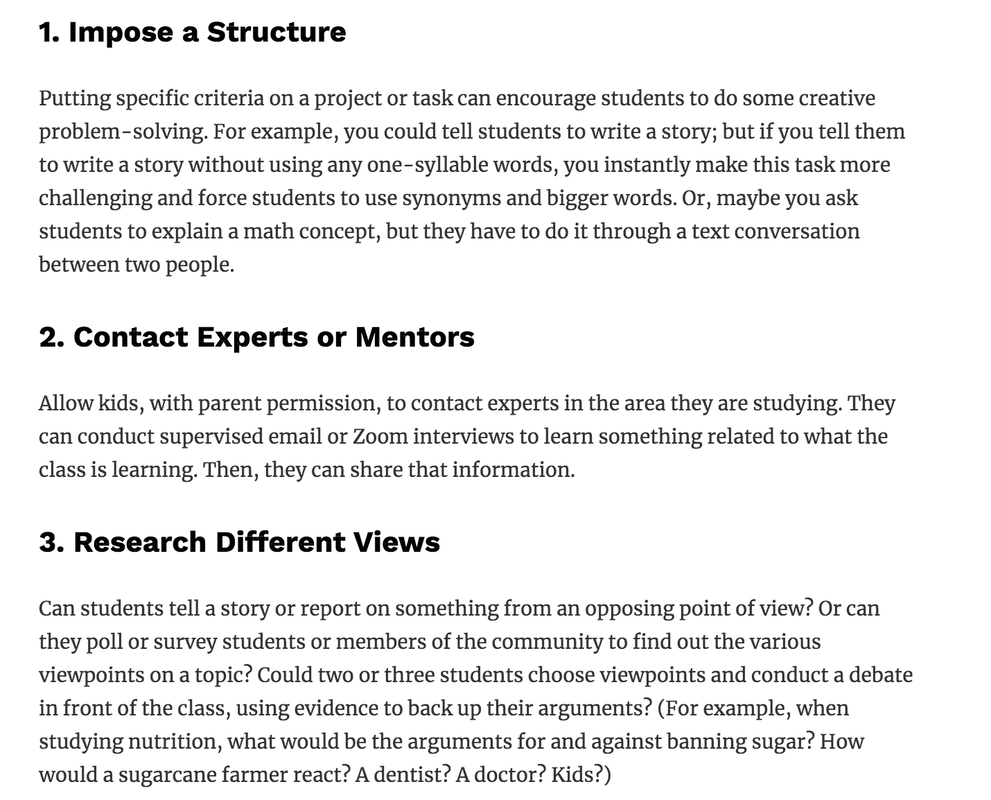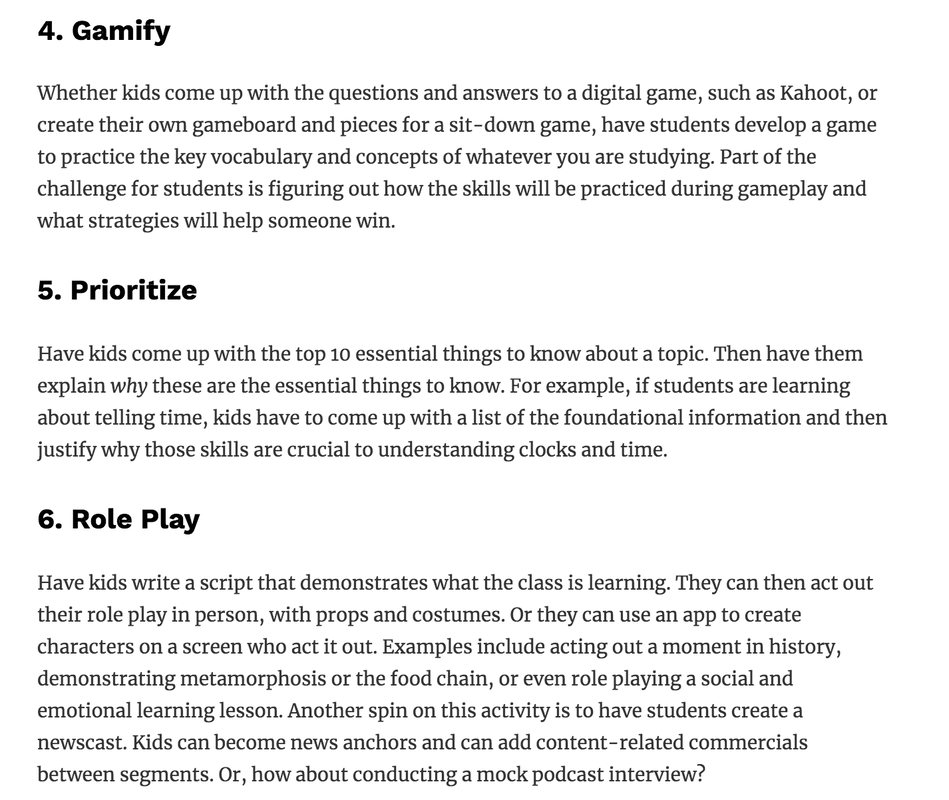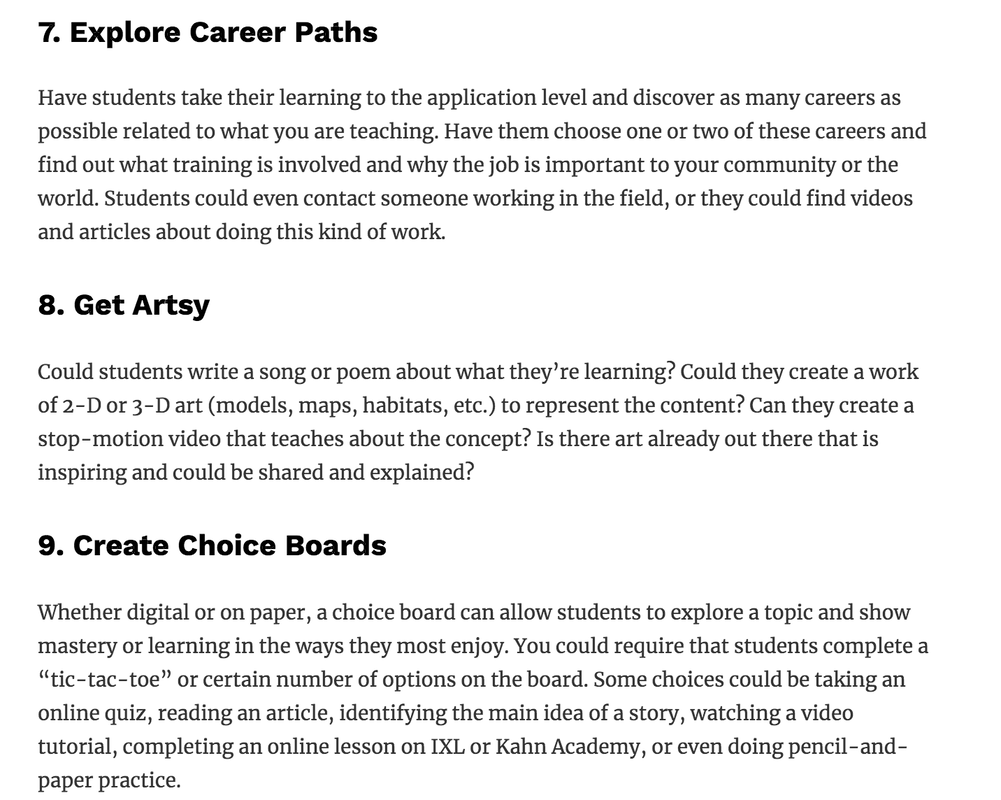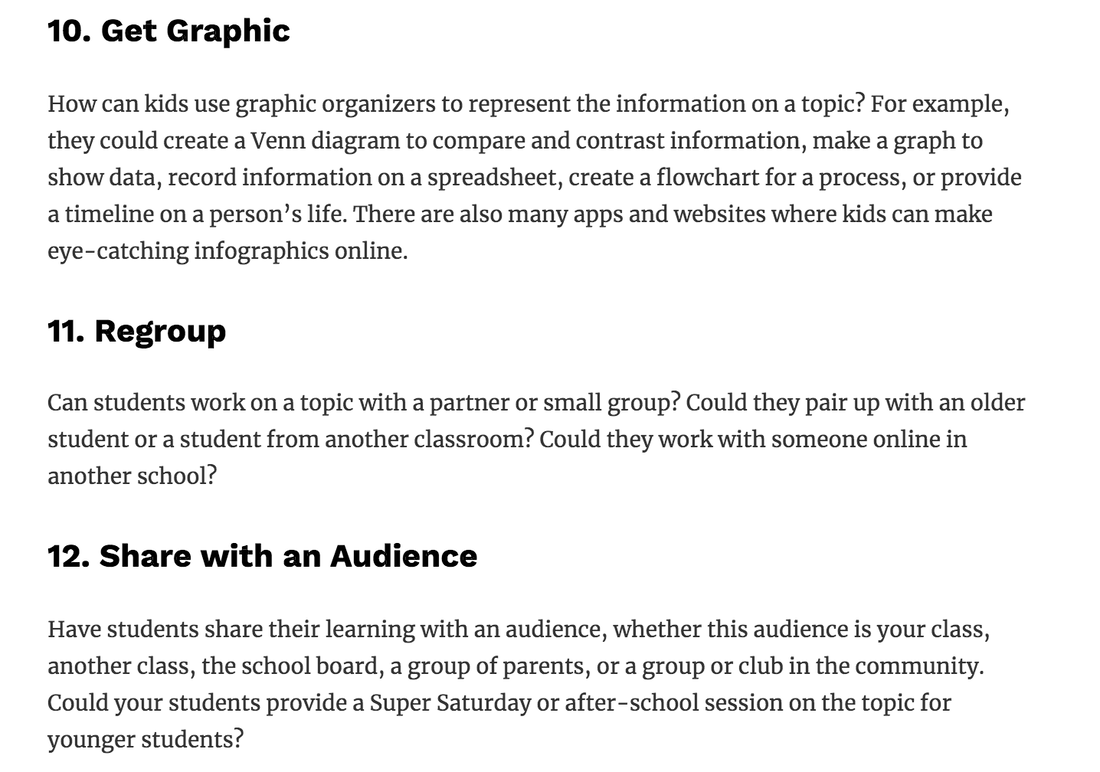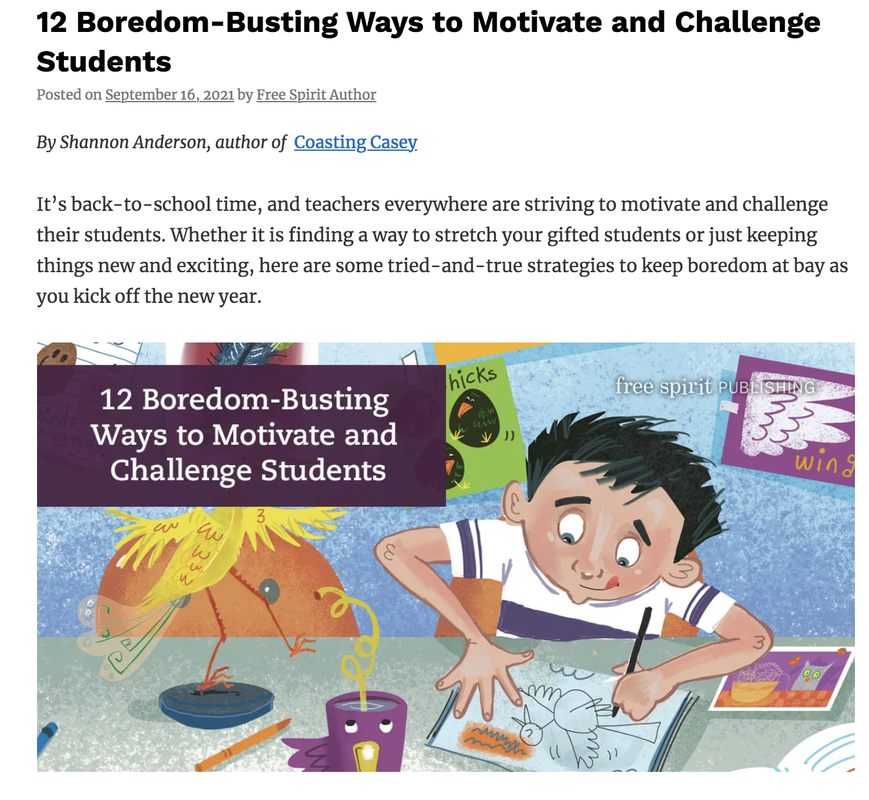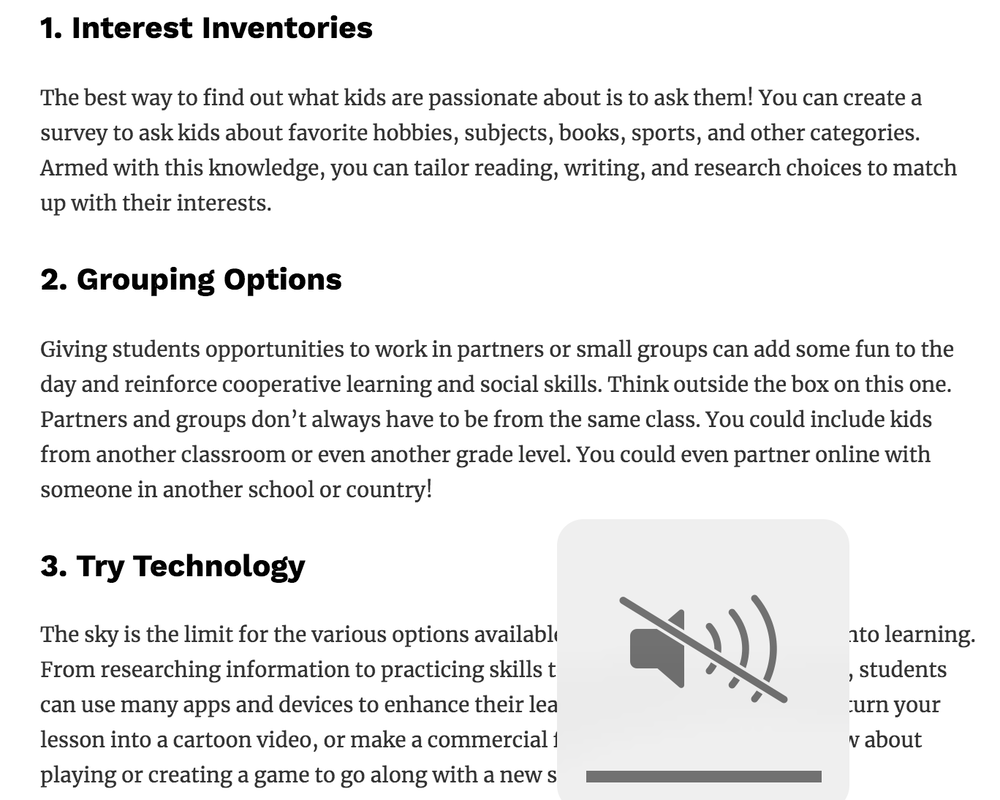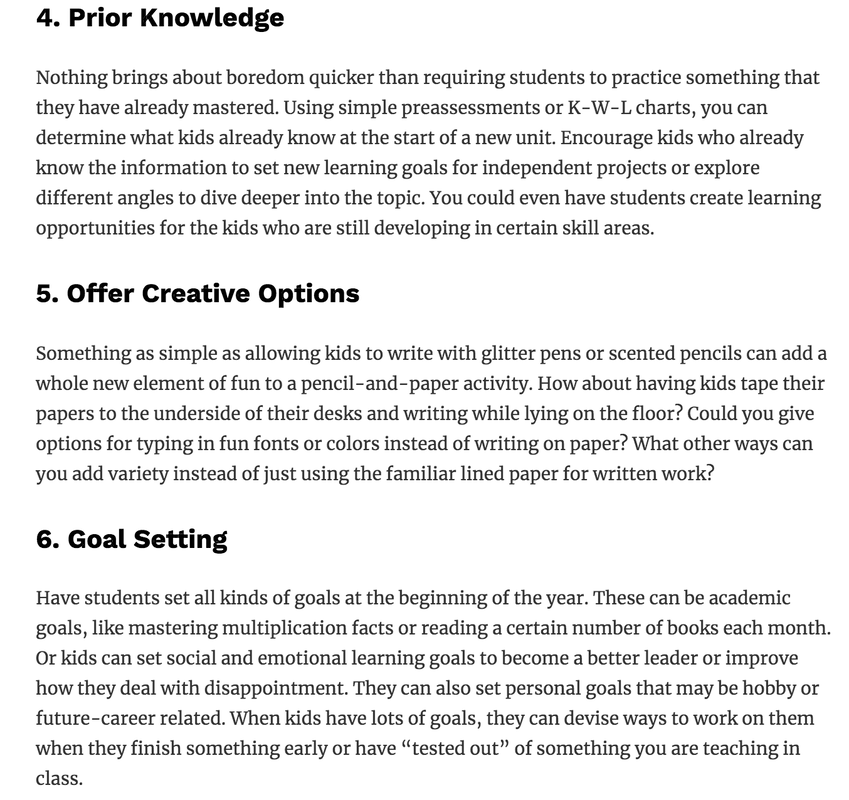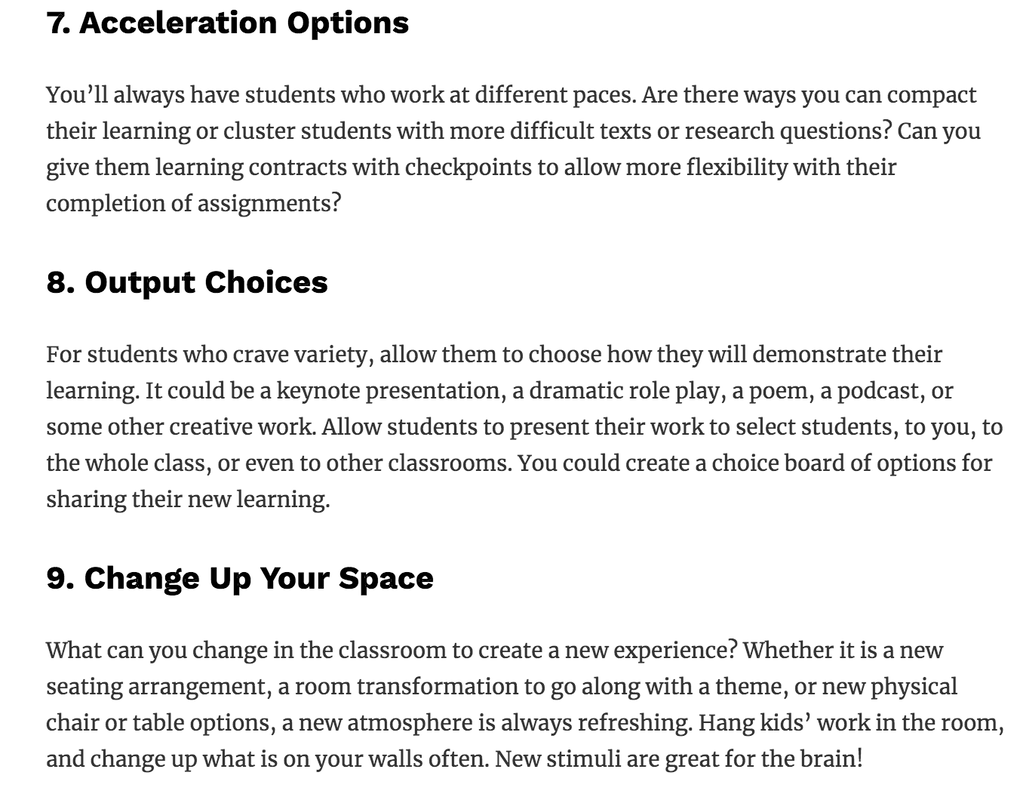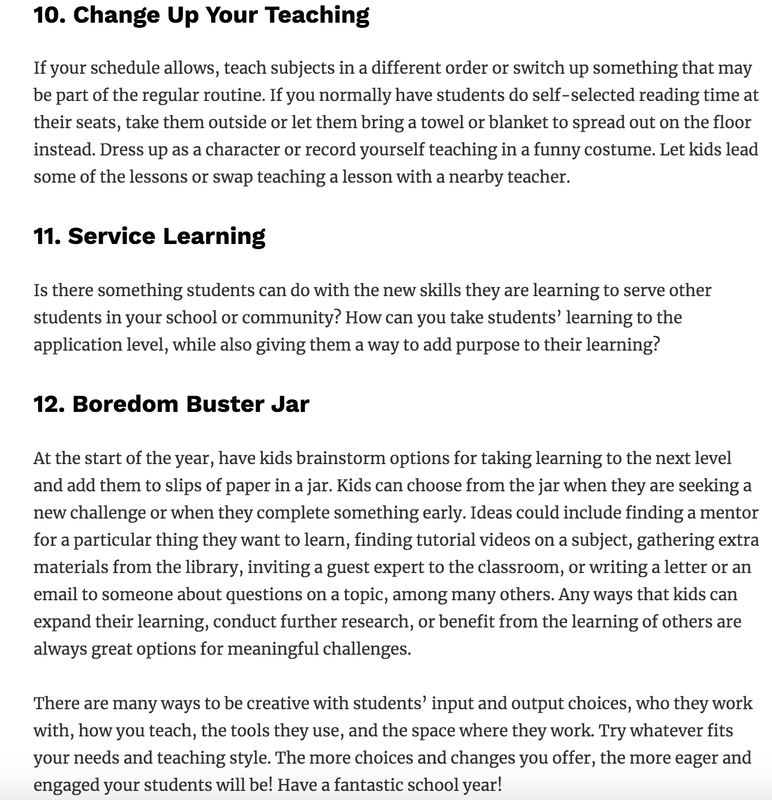|
Have you ever heard the saying, “Practice makes perfect?” I spent many years thinking my goal should be executing something perfectly to achieve success. As an overachiever, I wore myself out and defined my worth based on my ability to do things perfectly. Since no one can be perfect, it’s hard to ever feel successful. As a teacher, I noticed many of my students were hard on themselves. I had first graders who would cry if they missed one problem or didn’t know how to do something the first time they tried it. This led me to write one of my first picture books, Penelope Perfect. Based on my experiences as a kid and the students I witnessed with the same traits, I wanted to share what we miss out on when we chase perfection. People who strive for perfection are running a race without a finish line. Perfectionism can rear its head in a couple of ways. There are times the perfectionist will work themselves to the point of anxiety. There are other times the perfectionist will avoid doing things to prevent any chance of failure. They would rather not try something new to avoid looking like they aren’t smart. It feels safer for them to do what is easy and achievable. Having a growth mindset means that you believe that you can continue to learn new skills with enough time, practice, and effort. You believe that your abilities can be further developed. You apply the learning from your setbacks and try new ways to accomplish goals. You aren’t afraid of failure because each failure is a chance to grow. You recognize failure, or trials, as part of the learning process—a chance to develop your abilities further. Adopting a growth mindset is what helped me to conquer my perfectionist tendencies. Growth mindset thinking gives you the grace to know that perfect performance isn’t the expectation. It helps you understand the science behind how the brain works. As we learn, our neurons (brain cells) are constantly communicating with each other. The connections these neurons make cause our learning to strengthen. Every new trial helps us create new connections, which strengthens our learning and helps us make progress. Knowing this helps us see that hard work and perseverance determine what we learn, not some talent reserved for the lucky. Some perfectionists will see someone else perform a skill well and assume it was luck or some innate ability. This is what I call the iceberg effect – seeing the end results of lots of practice (the part of the iceberg above the water) without seeing the hard work and failures behind the scenes (the part of the iceberg below the water). We can encourage our students during the persevering part of learning—the struggle stage, by reminding them that they are doing exactly what it takes to grow. We can help teach a growth mindset by pointing out people who students see as successful and their struggles and failures along the way to that success. We can celebrate our students’ failures as a brave step in trying something new. When I wrote the book, Yay! You Failed!, this is exactly the reason for the title. It is so much better to try and fail than to not try at all. This title was inspired by a scene in the movie, Meet the Robinsons, when a boy invents something he is proud to share. He gathers family and friends around and it completely fails. The reactions of the crowd are the exact feeling I want kids to have when they read this book. Here is the clip if you’d like to check it out or share it with your students: When I go to schools and ask kids if they’ve heard that “practice makes perfect,” many raise their hands. I assure them that this is not the case. We need to adjust the advice to say, “Practice makes PROGRESS.”
I hope you and your students have the courage to continue making many magnificent mistakes this year. These mistakes will serve you well as you train your brain to make stronger connections and grow.
0 Comments
What does it take to make project-based learning an engaging, curiosity-building, creativity-inducing experience? Just make sure you have these teacher-tested, kid-approved ingredients: a meaningful purpose, an opportunity for agency, and an authentic audience.
Meaningful PurposeStudents will be more motivated to learn about something if there is a purpose for it. What is the “why”? Is it something kids care about? Is it something relevant to your current classroom learning? Is the goal more than to meet required standards? Opportunity for AgencyWhen students have choices, they experience ownership. They work harder to problem-solve and care more about the outcome. Do kids have some choices about their topic? Is there room for students to be creative in the way they research for the project? Can they decide how they are going to present their information? Authentic AudienceHaving an authentic audience helps kids make decisions about what is relevant to share. It gives a purpose for doing the work. Presenting in some form with an authentic audience helps kids develop confidence, a sense of authority, and speaking skills. Project Prototype: Career ExplorationThis is a project that can be beneficial for kids from first through twelfth grade! To differentiate, you can adjust the level of support you provide with research and resources. For this project, students will think about a career they would like to learn more about. The only requirements are that they:
Now let’s look at how this project fits our three requirements. Meaningful purpose: Exploring career possibilities allows kids to think about what they may want to do in the future. Most students will work somewhere for a job, and this career exploration can help them decide what work they might enjoy. Opportunity for agency: Students get to decide which career they want to learn about. They also decide how they’ll find the information. They might decide to research online, interview someone with that job, read about it in books, or find podcasts or videos about the career. Students also get to choose how they will present the information they learn. Authentic audience: For this project, you can have students present to their class, other classes, to parents, to various school staff, or to community members. They could even present to high school or local college students to share careers they may want to consider exploring! Other options include recording their presentations and sharing the recording on a secure platform or class YouTube channel. It could be recorded as an audio file and shared on a class or school podcast. You can also make a hallway display and put the recordings on a QR code so that students in other classes can scan the code when they have time to watch. This could also be displayed at an open house for people to scan with their phones. This, of course, is just one example of a project-based lesson to try. Think of other content you’d like kids to explore. They could choose an animal to study, a person they admire (biography project), or a service project they’d like to try. Adjust the requirements as needed. Just be sure to give them a purpose, choices, and an audience. The warmer months are filled with new things growing in nature, time off from school to pursue interests, and opportunities for camps, classes, sports, and other activities. This being, summer is the ideal time to encourage kids to try new things.
As kids learn new things, they are bound to make mistakes. So summer is also the perfect time to help kids develop a growth mindset. A growth mindset is the belief that you can gain new skills with instruction, practice, and time. As adults, we can help kids see that making mistakes and learning from them is just part of the process of mastering a skill. Here are some ways to encourage learning and growth mindset thinking this summer. 1. Grow Fruits or Vegetables Growing your own food is a fantastic way to bond as a family, teach plant life cycles, and help kids appreciate where their food comes from. And if you’ve ever tried to grow something, you also know that it can be challenging to keep up with the weeding, watering, and harvesting involved. There may be pests to outwit, and sometimes the weather works against you. But despite the challenges, growing fruits and vegetables teaches many important life lessons, not the least of these being that we reap what we sow. For example, if you don’t water your strawberries, you probably won’t get any. If you don’t pull the weeds, they’ll likely choke out delicate seedlings. Your kids will get to see the fruits of their labors during the harvest and will build endurance and patience as they “grow” through the season. They will witness how their efforts connect directly with the success of their plants, and they’ll experience joy and pride in seeing their hard work in the beans, bell peppers, and berries they get to enjoy and share with others. 2. Get Cooking With fresh fruits and vegetables aplenty in the summer months, it’s a great time for kids to learn the art of cooking. From preparing nutritious meals to baking delicious desserts, kids can practice many math and problem-solving skills as they cook. When following a recipe, it is important for kids to pay attention to details and follow directions. Think of all the work it takes to figure out the ingredients needed, shop for the items in the correct amounts, and ensure you have the proper equipment and know how to use it. You can have kids work backward from dinnertime to figure out how long it will take to prepare and cook the food so it’s ready at the right time. There are many opportunities to learn from mistakes and rework a recipe that didn’t turn out as expected. You can also encourage kids to try to create their own recipes. They can use the experience they gained making other dishes to figure out new flavor combinations and create new foods. 3. Get Creative During the school year, it may be harder for kids to find time to explore things like art, music, drama, photography, poetry, or dance. These activities promote creativity and help kids learn the value of practice. Another beautiful thing about these activities is that kids learn how to turn a mistake into something delightful. After all, Bob Ross did say that mistakes are only “happy little accidents.” On the canvas, a drip of paint can be turned into a flower. On the stage or the dance floor, a stumble becomes part of the act. Taking creative risks also builds confidence and helps kids use other parts of their brain. If lessons in a creative area are not available locally, try looking online or search for camps and summer workshops in your area. You might also head to the library to check out books for self-study at home. Once your child learns a song, paints a picture, crochets a hat, or masters a dance, think of ways they can share their work with family and friends. It is fun to celebrate both the progress and the finished product. When your child gains enough confidence and skill, they may even want to teach someone else. 4. Get Moving With nicer weather and more time, why not get out and enjoy the summer season with a new movement activity? Kids could commit to walking daily with the family dog or a friend, sign up and train for a 5K, take up bike riding, buy a skateboard, or learn to play tennis. All these activities are good for you physically and mentally. Some sports or recreational activities require learning how to build up endurance or mastering new equipment or rules. They also help kids learn sportsmanship, perseverance, and patience. Kids will see themselves progress over time as they practice. And, of course, these are fun ways to enjoy the outdoors and learn a new skill you can enjoy for many years to come. What would your child enjoy learning or exploring this summer? Start by brainstorming a list of all the things they might be interested in. From there, research what kids need to do to make those things happen. When kids have some agency in deciding what they’d like to pursue, they are more motivated to persevere past mistakes and more likely to enjoy the ride. Whatever you do, my wish for you is a wonderful summer of learning, creating, and fun! As parents and teachers, we try to encourage kids to take creative risks and understand that mistakes are a good thing! I even came up with a name for our mistakes in my classroom. We called them “growth spurts,” because we grow from them. I announce to my students on the first day of school that I hope they make many, glorious mistakes.
We discuss the word, “fail,” too. Think of fail as what it really is: F – First A – Attempt I – In L – Learning Of course, all of this is setting them up to learn about having a growth mindset. This means you believe that you can continue to learn and grow as you make mistakes. We are all on a continuum of learning and can improve with practice, time, and effort. (This is opposed to having a fixed mindset, which is the belief that we cannot improve our intelligence or abilities.) There are many activities you can do to set students on the path to developing a growth mindset:
Jack HylesAs teachers, your students see you more often than they may see their own parents during the waking hours of the school week. Whether you are a first year teacher, or a veteran teacher, your students will watch and learn from all that you do. That includes your lessons that deserve a gold star and the ones that make you cringe. Students watch the way you handle a break-through and the way you handle stressful situations. The good news is that kids need to see those cringe-worthy moments and how you handle them. They will have plenty of times that their best ideas won’t work or a plan for a project flops. They need to know that it’s ok and that trials are part of the process to learning and growing. Here are a few ideas for being a mistake-making mentor for your students:
You can encourage kids to write by letting them see you do it yourself, by writing together, or by signing them up for summer writing camps and workshops. You can also try some of the following ideas to get kids writing for fun. 1. Write to an Author What books do kids enjoy reading? Make a list of the authors and visit their websites. There is usually a “Contact Me” page. Have kids compose letters to the author and send the email. You may be surprised by how many authors write back to answer kids’ questions. 2. Compose a Story with a Friend Have kids choose a friend or cousin to write a story with. It’s even more fun if this person lives far away. They can use Google Docs to see what each person is writing in real time, or they can write different parts of the story and mail them back and forth. The pair can plan together and take turns writing until they come up with a complete story. 3. Write a Poem Poetry is a fun way to play around with words. You can show this video of me teaching how to write a shape poem to get kids going: Here’s another video about how to write a cinquain poem: You can also have kids try writing a haiku or an acrostic poem.
4. Start a Diary or Journal Let kids pick out a special diary or journal, and encourage them to write in it each day. They can record what they did, how they felt, what they are looking forward to, or something new they are learning. There is no wrong way to write in a journal. This will be fun to read at the end of the summer as a reminder of all their adventures. 5. Write a Letter and Mail It Yes, it is easier and more convenient to send a text or email, but it can be more personal and special when you write a good old-fashioned letter and send it through the mail. You’d be surprised how many kids do not know how to write a greeting and closing for a letter or how to properly address an envelope. If possible, encourage a pen-pal connection to keep the letter-writing going. 6. Connect with Elders Have kids interview an older family member, neighbor, or family friend. What did they do as a child? What were their favorite subjects in school? What was their first job? What wisdom or life lessons can they share? Kids can record the stories as a special keepsake. 7. Write a Review Kids will likely read some great books over the summer, so have them write a review of a book they enjoyed. If it is a favorable review, you can share it online or with the book’s author. It means the world to an author to see kids talk about their books and share why they connected with them. You could record kids reading their reviews and post them on social media. Tag the author if you are able. You may get a response! 8. Write an Autobiography Kids can record their lives in chronological order, starting with birth. You can share memories, photos, or other items from when they were a baby and fill in what they don’t remember. Then kids can take it from there. They can add to their autobiography every summer with highlights from the year. For ideas about what to include, visit your local library and check out other autobiographies. 9. Use a Story Kit There are several companies that offer story kits for kids. (One company is Studentreasures.) Kids write in the kit and send it off to be made into a hardcover book. This is an empowering activity that allows kids to become “published” young authors. They will take more pride in their stories if they know they can share them with others in book form. 10. Create a Pass-It-Around Story If you have several people in your family or group, this is a lot of fun to do together. Sit around a table and give each person a piece of paper. Everyone needs to write the beginning of a story that introduces a character and a setting. After a few minutes, pass the papers to the left. Each person reads the paper that was handed to them and adds to the story. Set a timer for a few minutes and continue. If you have five or six people, you can stop when your original story returns to you. If you only have two or three, let the stories go around the table twice. Let the final person write an ending to go with the story. Take turns reading the stories aloud. One final tip for keeping kids writing this summer is to allow them to create a special writing space. It might have a desk or table, a comfy chair, and a variety of writing pens and markers. Giving them the tools and the encouragement to write is the most important part. Of course, being a raving fan of their work helps too. Happy writing! |
Archives
October 2022
Categories |
